Atala Butterfly
Pearl Crescent Butterfly
Gray Hairstreak
Eastern Black Swallowtails
Black Swallowtail (Eastern)
Eastern Black Swallowtails, Papilio polyxenes, are also known as American swallowtails. They are commonly found throughout Florida in gardens, along the sides of roads, in pastures, and in parks. Three or more generations are produced each year.
A female black swallowtail lays a single yellow egg on a host plant in the carrot family. The caterpillar is green with black stripes and yellow spots. If parsley or dill was chosen as the host plant, the hungry parsley caterpillar will devour the plant in your garden.
Zebra Swallowtail Butterfly
Zebra Swallowtail Butterflies, Protographium Marcellus, can be found in scrubs, along waterways and roadsides, and near forests, With a wingspan of 2 1/2 to 4 inches, prominent black and white zebra stripes, long black tails bordered with white, and a red median stripe, these beautiful native butterflies are hard to miss.
Consider planting the butterfly’s larval host plant, a Pappaw tree, in your garden to attract Zebra Swallowtail Butterflies to your outdoor space.
Schaus’ Swallowtail
The Schaus’ Swallowtail (Heraclides aristodemus ponceanus) is a large black and yellow butterfly endemic to Florida. This butterfly is found only in Florida and is restricted to intact tropical hardwood hammocks.
The Schaus’ swallowtail was listed as a federally threatened species on April 28, 1976. It was reclassified as a federal endangered species on August 31, 1984. Population estimates range from 800 to 1200 individuals. It remains the only federally listed butterfly in Florida.
Once ranging from the Miami area south through the Florida Keys, the Shaus’ swallowtail is currently restricted to only a few remnant tropical hardwood hammock sites on the south Florida mainland, northern Key Largo, and several small islands within Biscayne National Park. Adults fly slowly and leisurely and are very adept at flying through the dense hardwood hammock.
Adults have a wingspan range of up to 2.3 inches with females being the largest. Males have yellow-tipped antennae. Their wings’ upper surface is black with a row of yellow or white spots and a broad yellow or white band. The hindwing tails are outlined in yellow. The undersides of the wings are yellow with brown markings and a broad blue and rust-colored band.
The Schaus’ swallowtail produces one generation each year from April to July with the peak time occurring typically from mid-May to mid-June. Adult emergence and reproduction are correlated with the beginning of the Florida rainy season. However, the pupae may remain in diapause for more than one year if optimal weather conditions are not present. Females lay green eggs singly on new growth. The developing larvae then feed on the young growth.
Listed as an endangered species, threats to the remaining population include the loss of genetic diversity due to inbreeding, climate-related impacts such as drought, habitat disturbance from fire, tropical storms or hurricanes, mosquito spraying, and loss of habitat. Hurricane Andrew left behind only 73 butterflies in 1992 after sweeping through the butterflies’ home range. Because their habitat is limited, it is possible that a single hurricane can make the Schaus’ Swallowtail extinct. However, the protected status and their rebounding numbers after Hurricane Andrew bring renewed hope that this gorgeous butterfly will survive and thrive in our beautiful state.
Photo credit:entnemdept.ufl.edu
Old Miakka Preserve
Old Miakka Preserve
Named after a settlement in the 1840s, Old Miakka Preserve contains four miles of trails, including scrub habitat, pinewood flatwood, and wetlands. The preserve is abundant in flowering plants with numerous pollinators and occasional gopher tortoises. One of the trails is named after Horticulturalist Tim Cash, who spent years studying plants within the preserve. If you are looking for a calm trail with lots of sunshine and flowers, visit Old Miakka Preserve in Sarasota, FL.
For more information: https://www.scgov.net/Home/Components/FacilityDirectory/FacilityDirectory/547/4327?cftype=FacilityDirectory
Photo credit: Aymee Laurain

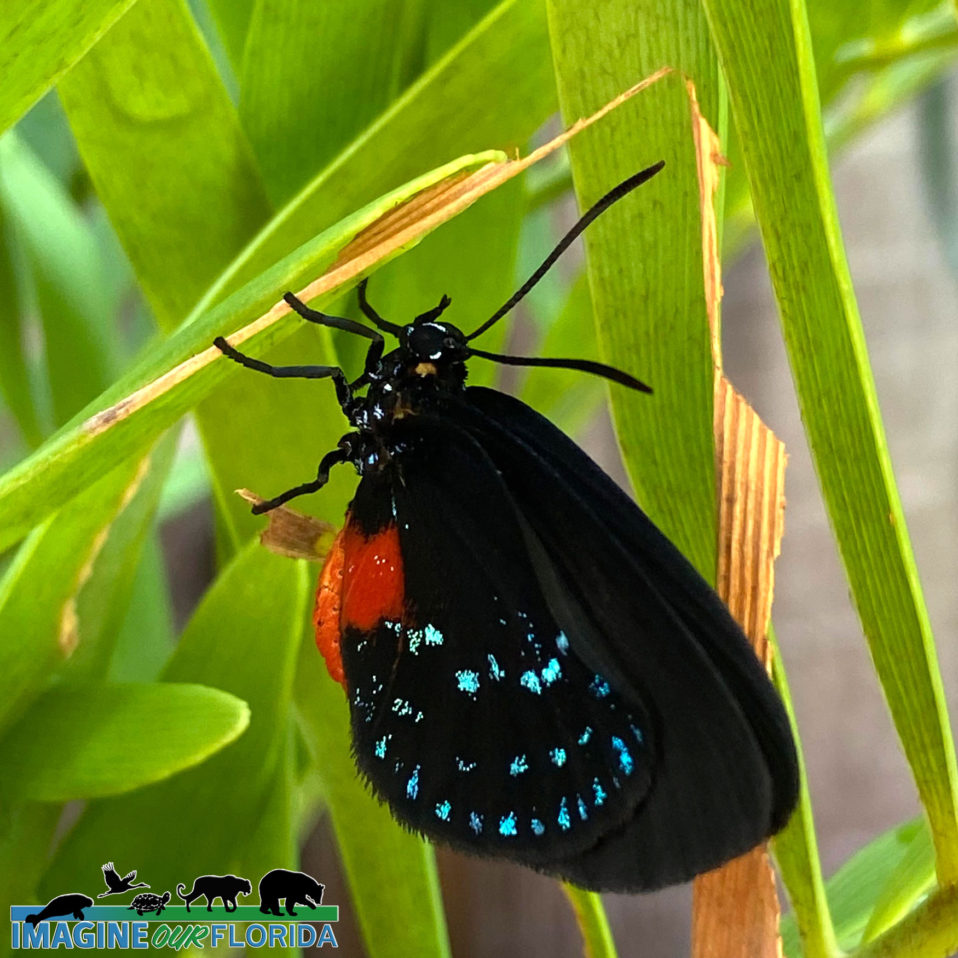
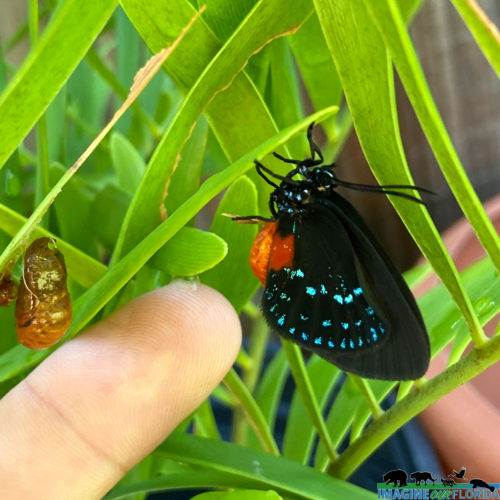
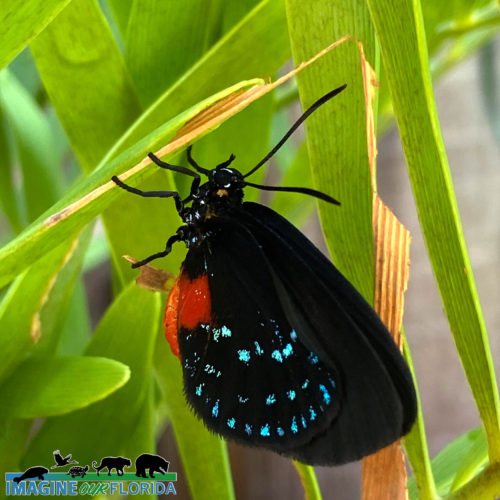
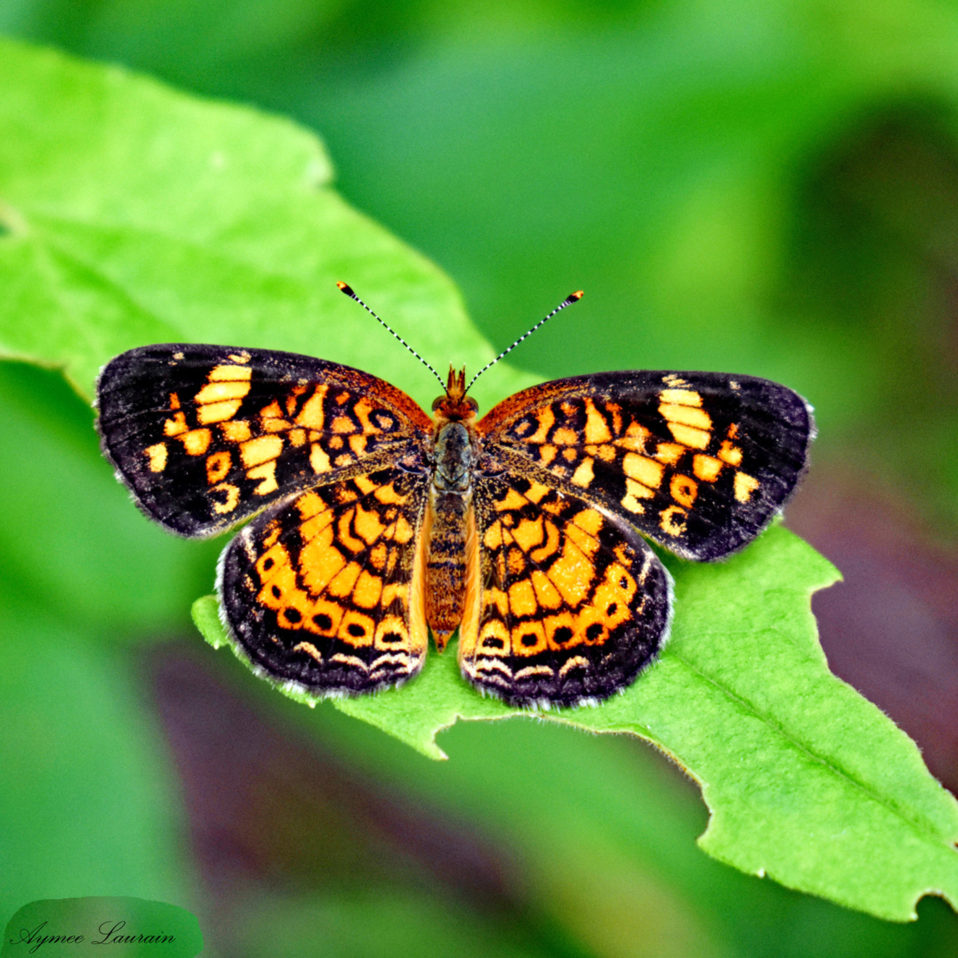
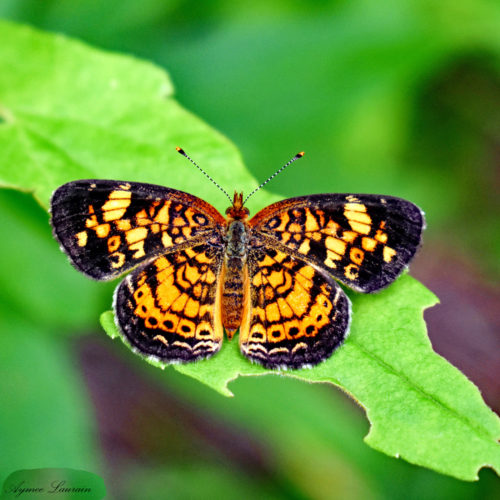
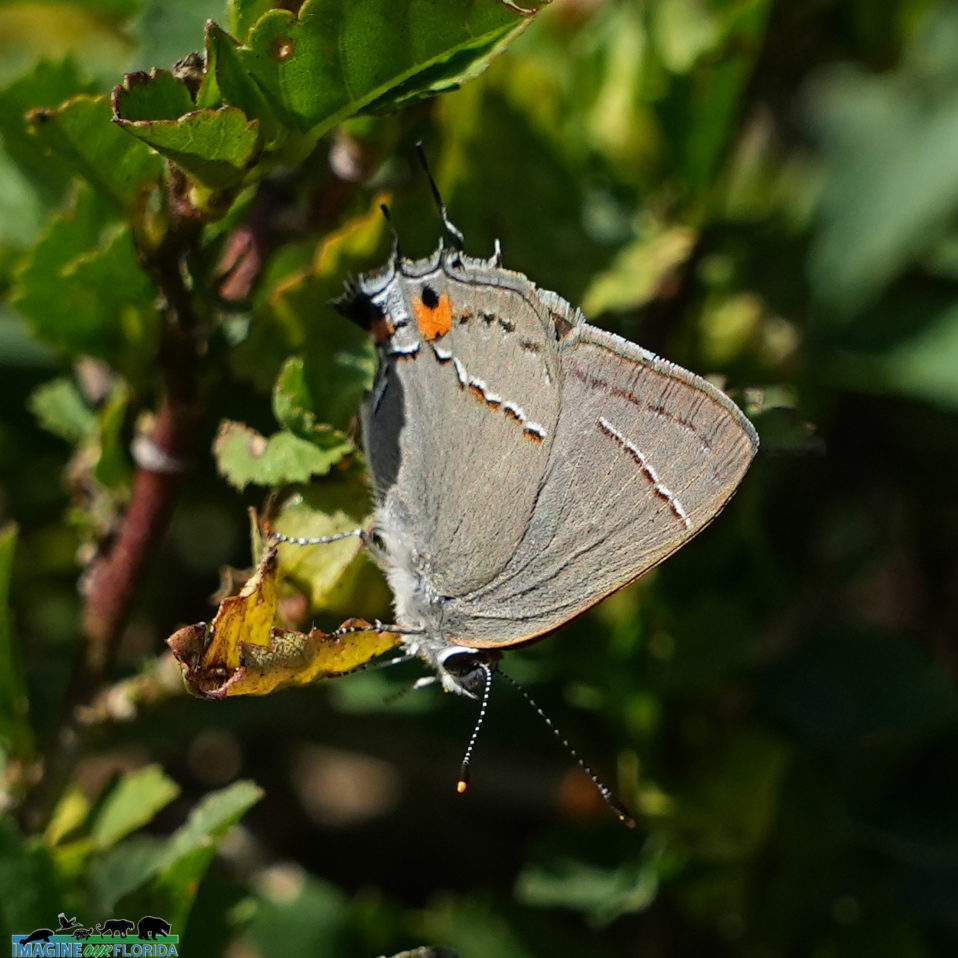
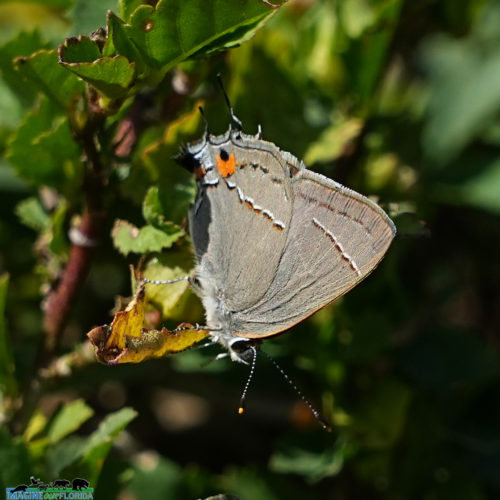
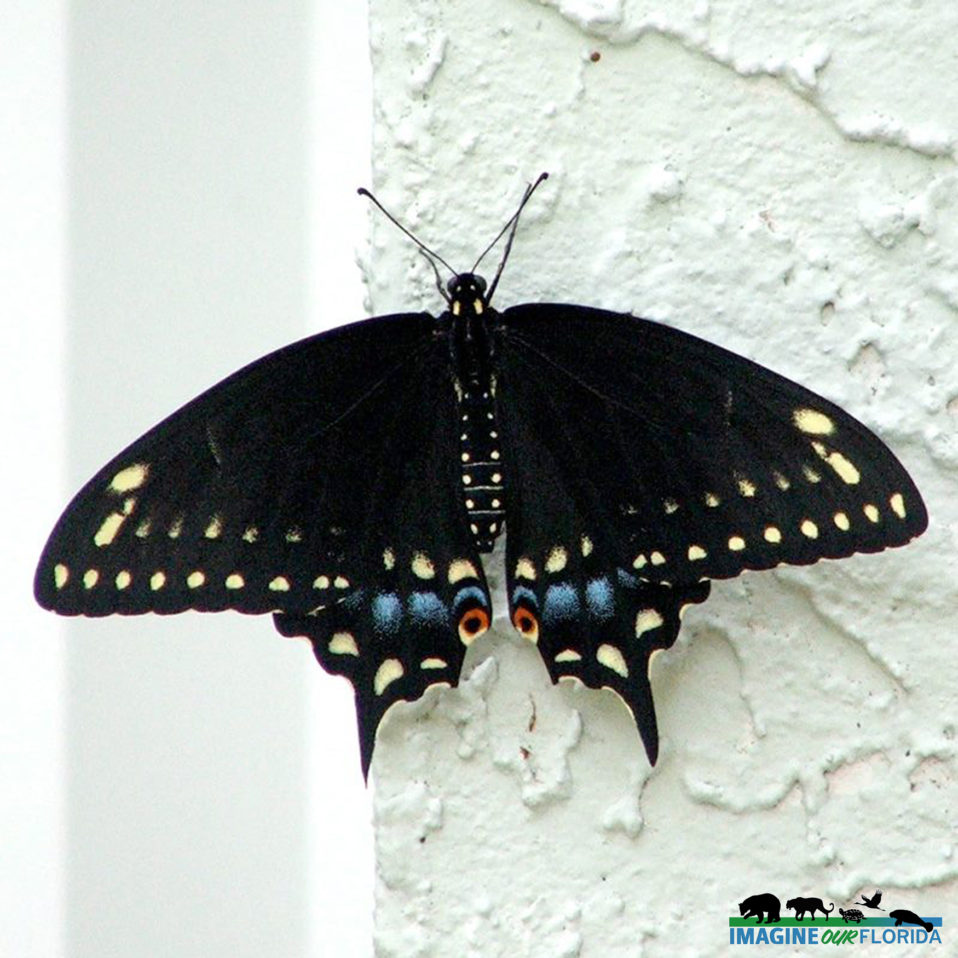
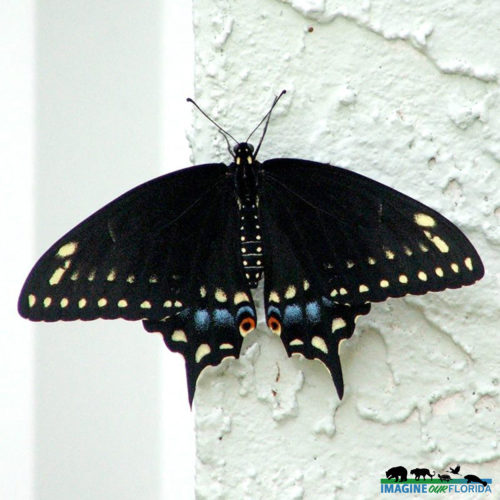
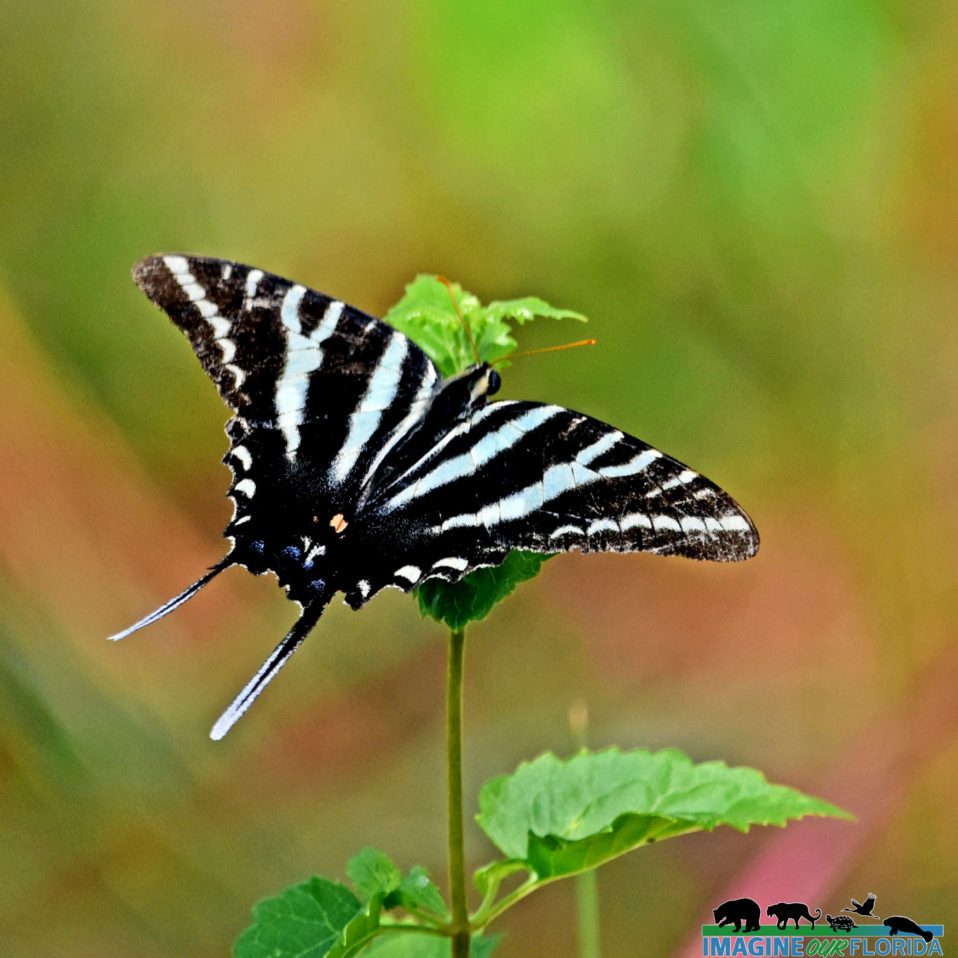
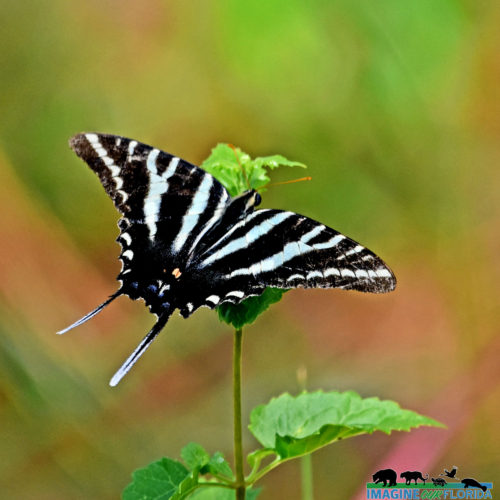
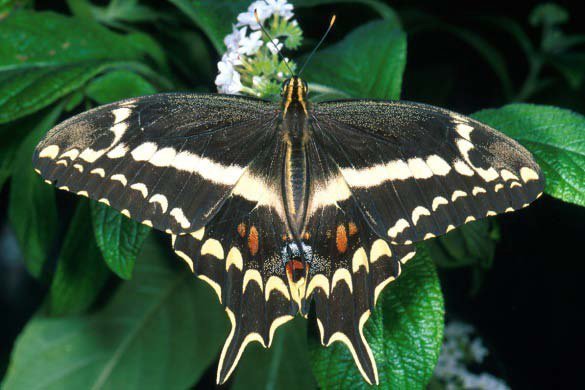
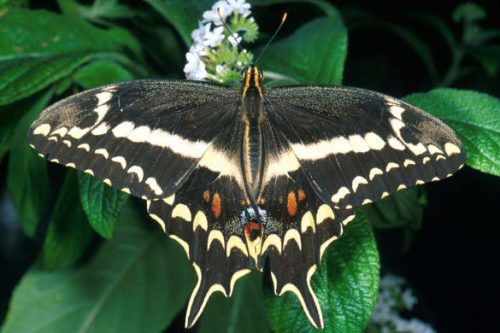
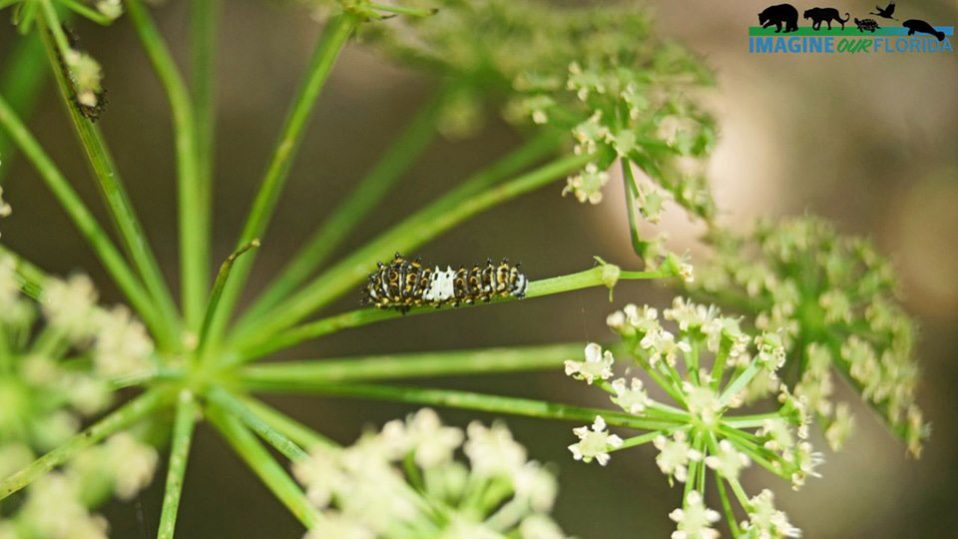
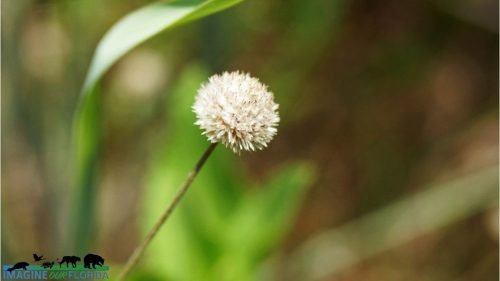
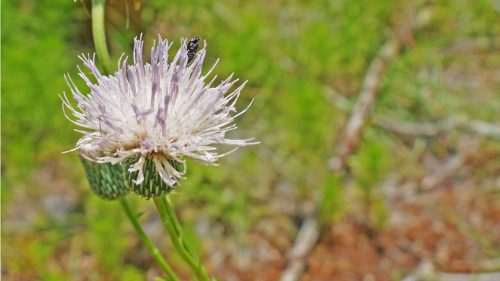
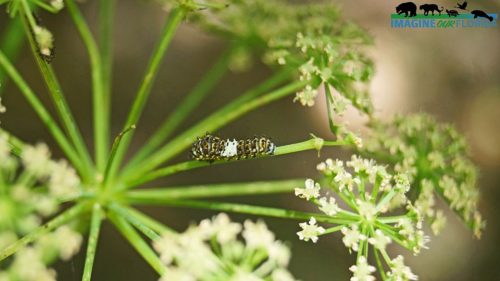
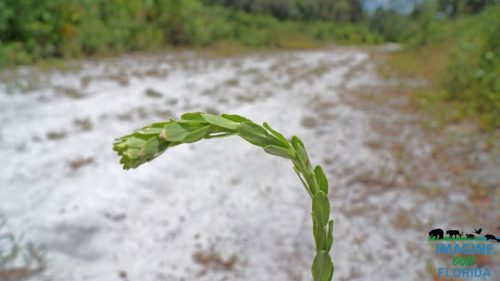
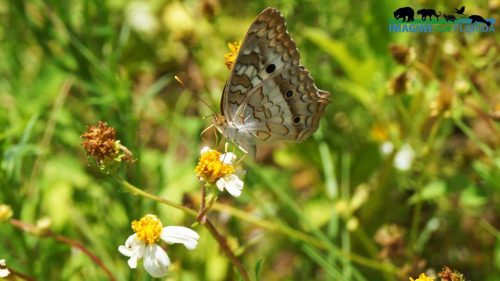
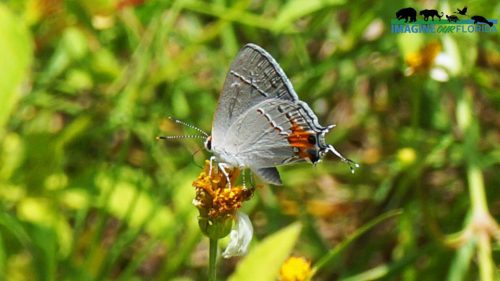
Recent Comments